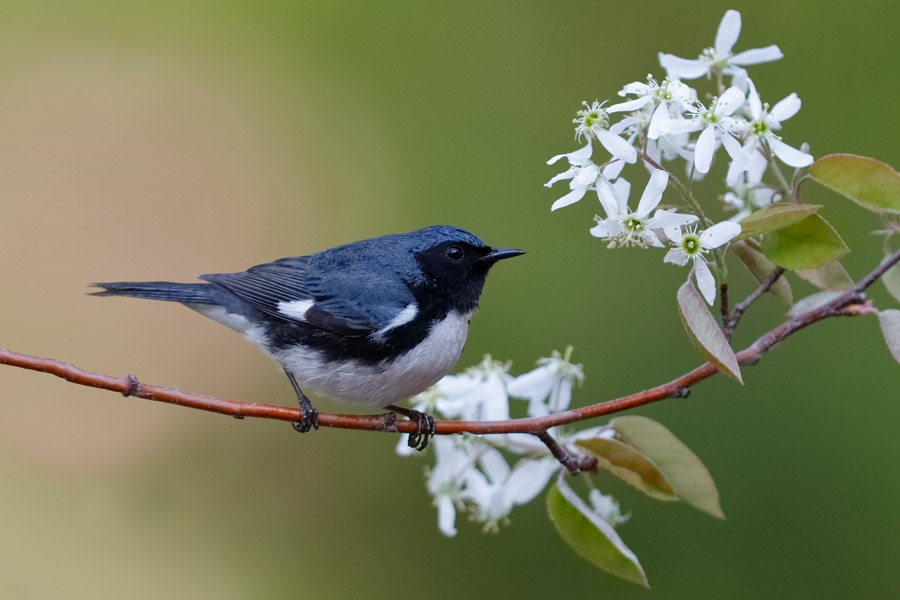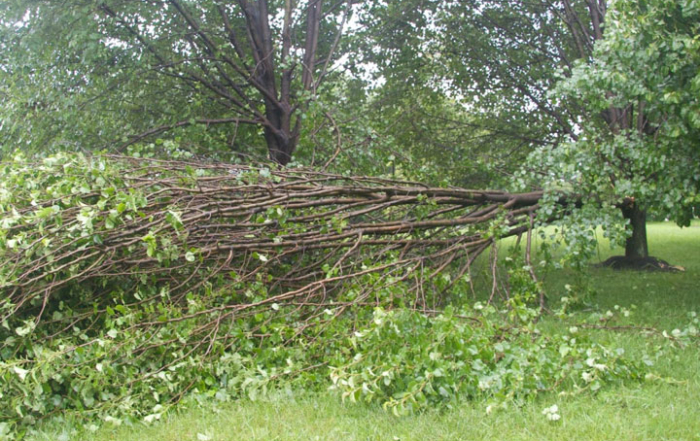by Plant Something Alabama
Share
by Plant Something Alabama
Share

Planting for pollinators and beneficial insects is one of the best things you can do in your Alabama garden. Feeding the bees and butterflies is a critical need for a healthy environment and ecosystem. The bonus is gorgeous flowers and a great landscape for you and your community to enjoy. Here’s how to get started:
Plant Natives
Using native plants is key for pollinators. Plants adapted for your region will likely bloom and produce nectar and pollen in sync with the migration or life cycles of insects. Native plants are excellent support systems for all of the wildlife in an ecosystem, as insects both pollinate flowers that create our food, and also become food for birds, bats and other insects. Certain caterpillars and butterflies require a specific host plant, such as monarchs that need milkweed (var. Asclepias) to survive.
Plant Many Blooming Annuals, Perennials and Herbs
More is more. And yet, adding only a window box or container planting is a huge help. Tuck blooming annuals and perennials throughout your landscape beds and containers to create enticing all-you-can-eat buffets for beneficial insects like bees and butterflies. From agastache to zinnias, there are countless options at your local garden center. Use herbs as host plants, such as dill and parsley. Grow extra plants for yourself! The black swallowtail caterpillars will miraculously discover and devour what you provide. If you don’t have much space, pack in plants that provide hundreds of tiny flowers with lots of nectar such as Thai or African Blue Basil, many varieties of agastache, rosemary and honeysuckle.Â
Provide Water
Add a birdbath with floating glass balls or large stones. This allows bees to grab a quick drink without drowning. Add hummingbird feeders, too, if you’d like to provide bonus food in a spot at which you can enjoy the fleeting feedings near a garden window.Â
Pesticide Practices: Avoid or Limit Use
You don’t want to attract bees and butterflies to your new planting, only to douse them with a harmful insecticide. Often the bugs you spy on a plant’s leaves are actually beneficial predator insects, already at work protecting your garden. Learn about neat creatures like assassin bugs (watch video below of this cool killer liquefy his insect prey) and ladybugs and how to identify them as a helpful part of Integrated Pest Management (IPM). A IPM resource provided by the U.S. Fish and Wildlife Service details how smart gardening practices are a key part of gardening for pollinators.Â
Provide Shelter
This can be as simple as planting a variety of grasses, woody shrubs and trees. Bees can nest in ground holes or hollow stems. Research how to make simple bee houses as a fun craft activity that could also provide a new home for your visiting pollinators.Â
Other articles you might be interested in
STAY IN THE LOOP


